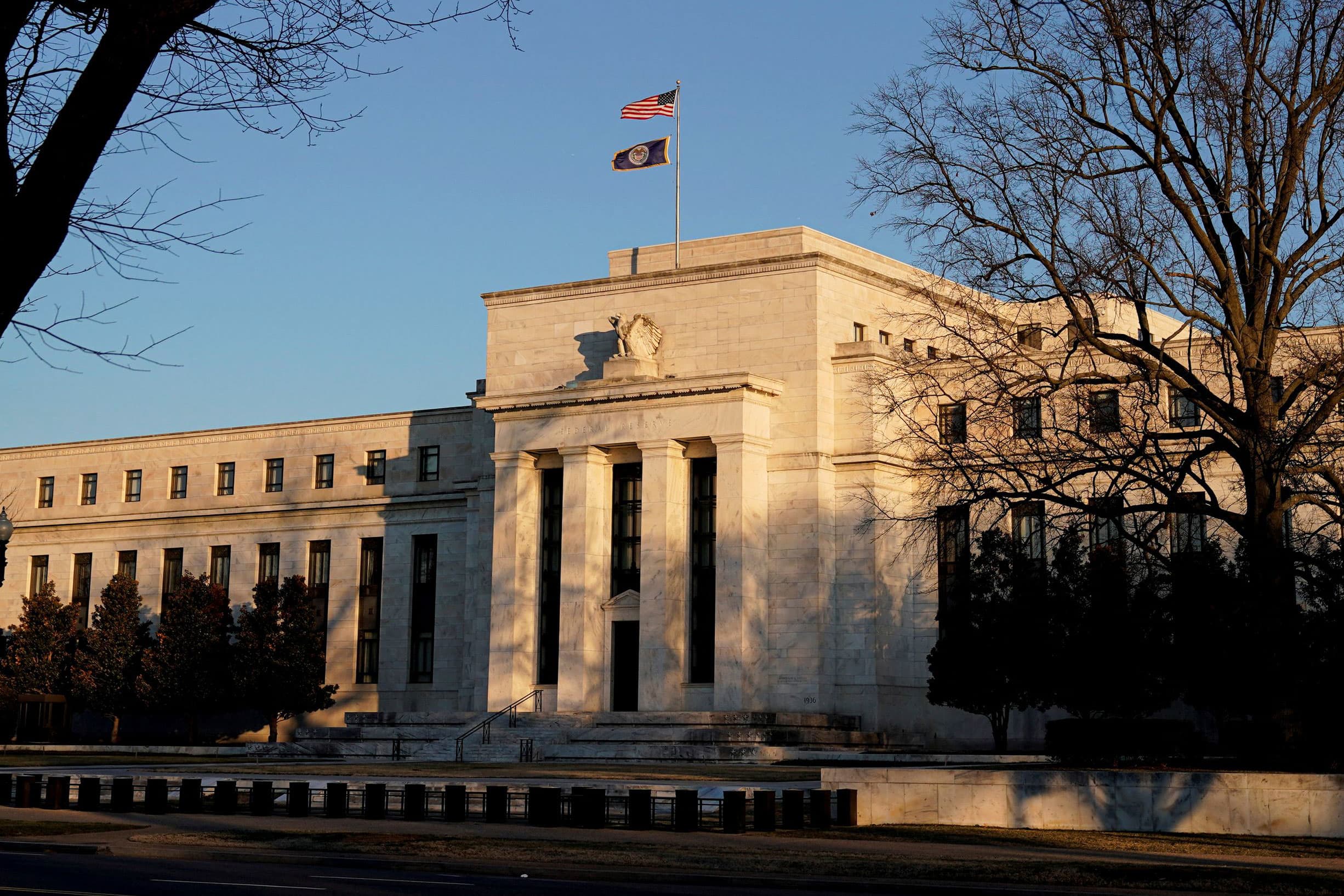Several Federal Reserve officials, both privately and publicly, are pushing back against calls by St. Louis Fed President Jim Bullard Thursday for super-sized rate hikes, and instead suggesting the central bank is likely to embark initially on a more measured path.
The comments of these officials suggest markets may have wrongly interpreted Bullard’s remarks as being more widely held than it is by Fed officials and leadership.
Atlanta Fed President Raphael Bostic told CNBC Thursday after the inflation report, “My views have not changed” for three or four rate hikes this year, likely beginning with a 25-basis point hike. That was the same view he gave CNBC on Wednesday before the inflation report. (1 basis point equals 0.01%.)
After the report showed the Consumer Price Index rose 7.5% year over year, a fresh 40-year high, Bullard told Bloomberg he wanted to see 100 basis points of tightening “in the bag” by July, including the possibility of a 50-basis point rate hike and even potentially an intermeeting move.
Stocks, which had actually shrugged off the inflation report, sold off sharply in the wake of Bullard’s comments and bond yields soared. The 25-basis-point move in the 2-year yield was the largest one-day increase since the Great Financial Crisis in 2009. Markets priced in near certainty of a 50-basis-point hike in March, even though Bullard himself said he was undecided about such a move.
Later that day, Richmond Fed President Tom Barkin said in a speech that “I’d have to be convinced” of the need for a 50-basis-point rate hike, saying there may be a time for that, but it did not appear to be now.
San Francisco Fed President Mary Daly said after the inflation report a 50-basis-point hike is “not my preference.”
Loading chart…
CNBC reporting found that several Fed officials were already looking for a bad inflation number and the January report was not substantially worse than expected. Improvement is not expected until mid-year and only then, if it remains high and rising and does not respond to rate hikes and plans for balance sheet reduction, would these officials want to accelerate the pace of tightening.
There are still five weeks before the meeting, including another inflation report, and the situation could change. But key officials, even after the inflation report, continue to hold to an outlook for measured tightening.
